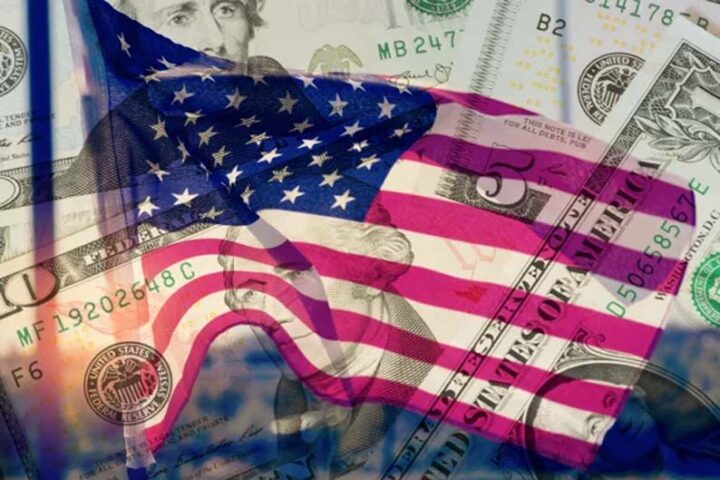By Craig Erlam
Stock markets in Europe turned lower again on Wednesday, while US futures are more mixed, similar to what we saw in Asia overnight. Conditions remain choppy in the aftermath of Jackson Hole last week.
There’s clearly a lack of conviction in the markets following a lot of hawkish central bank commentary in recent days. The narrative that investors want to believe is that inflation has peaked and is falling in the US and that a soft landing is plausible. That doesn’t necessarily align with what we’re hearing.
Add to that the increasingly hawkish language from other central banks amid severe economic headwinds and the reality of the situation is seemingly becoming impossible to ignore.
With 75 basis point hikes now on the table for the US, EU and UK next month, among others, it may not be entirely surprising that investors are taking a more cautious stance.
ECB paying the price
The inflation data from the eurozone Wednesday morning won’t have hurt the odds of a 75 basis point hike, that’s for sure.
Inflation in the bloc rose 9.1% in August, up from the previous record of 8.9% in July. With core inflation also jumping to 4.3% from 4%, the pressure is seriously mounting on the ECB to be more aggressive.
The central bank is paying the price for its decision to leave the deposit rate at -0.5% for as long as it did and may have to be much more forceful now as a result.
Price pressures are becoming more widespread, with energy increases easing slightly but food, alcohol and tobacco inflation accelerating to 10.6%. The inflation situation is, unfortunately, going to get worse, perhaps much worse, before it gets better, considering what’s to come with energy this winter.
Gas flows halted
Gas flows through Nord Stream 1 have now paused for the three-day maintenance period.
While Europe is keen to stress its storage levels are well ahead of schedule, the failure of flows resuming on Saturday would be a massive blow ahead of what is already going to be a nervy and expensive winter.
European gas prices are near their recent highs and will likely remain so over the coming days until flows resume. If they don’t, prices could rise much further.
Oil edges lower
Oil prices are a little lower again for a second day after spiking earlier in the week. It’s a little indicative of the mood in the rest of the markets and the lack of certainty.
Prices jumped earlier in the week as traders weighed up the potential for supply disruptions from Libya and Iraq, while the threats of production cuts from Saudi Arabia continued to echo.
They’ve since pulled back amid reports that an OPEC+ cut is not under consideration next week and as broader risk markets turned south. Economic concerns remain and may ensure trade continues to be volatile.
API also reported a small inventory build on Tuesday, while a small draw is expected from EIA later Wednesday. Given previous comments from Saudi Arabia, any significant pullback from $100 may be challenging.
Gold on the decline
Gold is slipping again on Wednesday, this time aided by the dollar which is rallying once more. Traders are becoming increasingly convinced that the Federal Reserve will hike rates by 75bp next month, despite the improvement in the inflation data.
The message is finally getting through from the Fed and barring another significant improvement in August and/or any sign of slack appearing in the labour market, it may now have to deliver.
It’s worked so hard to convince traders that it must continue tightening aggressively and that to do so by 50bp would seriously undermine trust in its communication and guidance.
Policymakers have backed themselves into a corner and may now have to deliver. With $1,730 now broken, attention shifts back to $1,700 and $1,680.
Can bitcoin hold out much longer?
Risk assets are struggling in the aftermath of Powell’s speech at Jackson Hole, the only exception being bitcoin which fell heavily, but has now found its feet. In fact, it’s posting gains of more than 1% Wednesday, bucking the trend we’re seeing elsewhere, with risk assets generally underperforming.
Once more, we’re seeing resilience in bitcoin around $20,000; the question is how long can it hold out if sentiment doesn’t improve?
Craig Erlam is Senior Market Analyst, UK & EMEA at OANDA
Opinions are the author’s, not necessarily that of OANDA Global Corporation or any of its affiliates, subsidiaries, officers or directors. Leveraged trading is high risk and not suitable for all. Losses can exceed investments.







